(1341 products available)








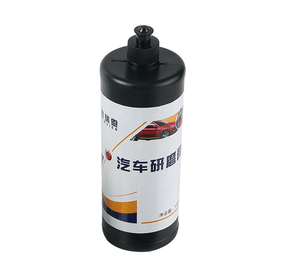








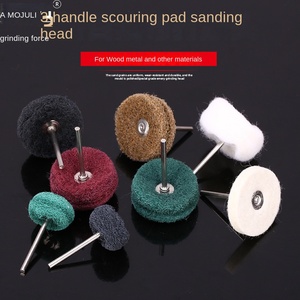
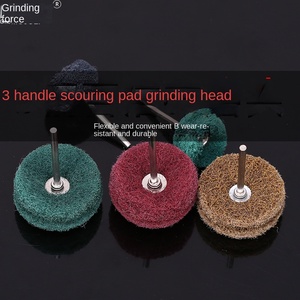













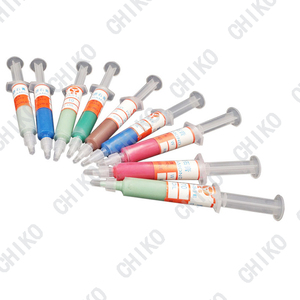
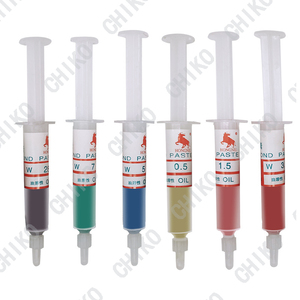


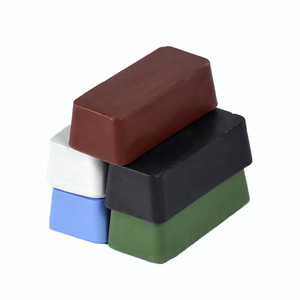








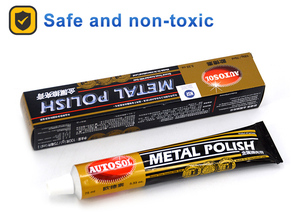

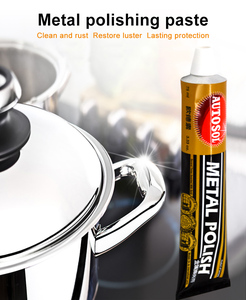

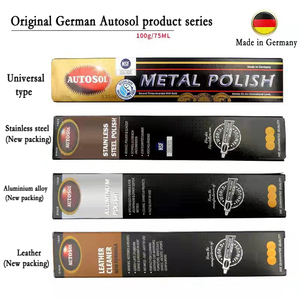
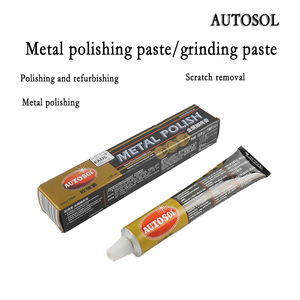





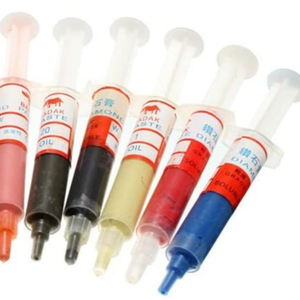
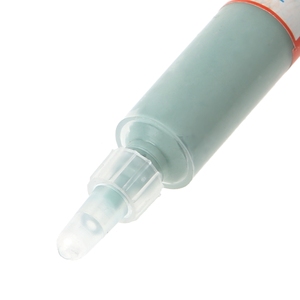
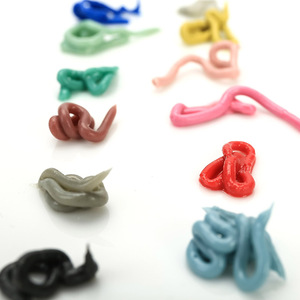









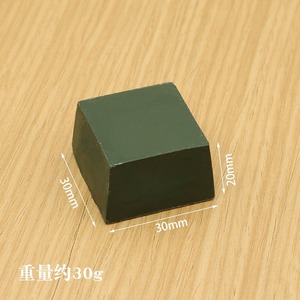
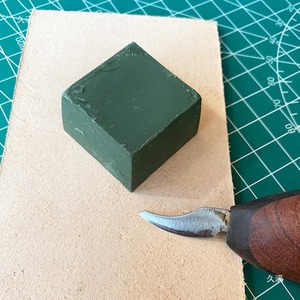
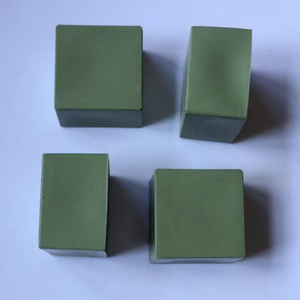


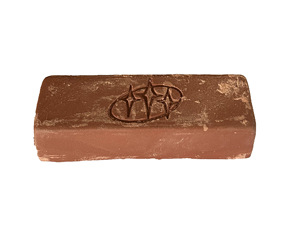







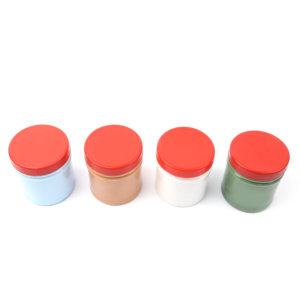

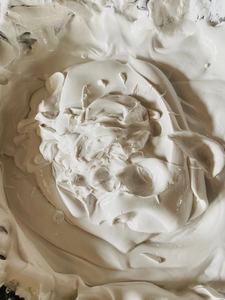
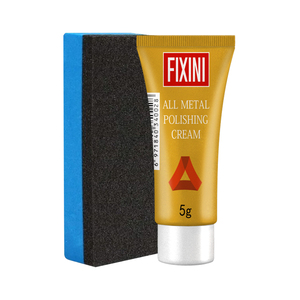





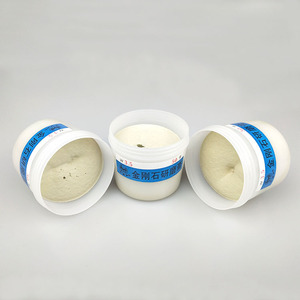

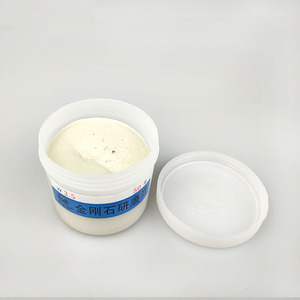




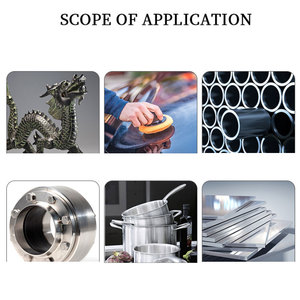


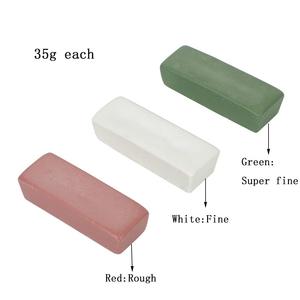






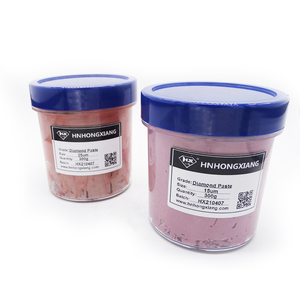




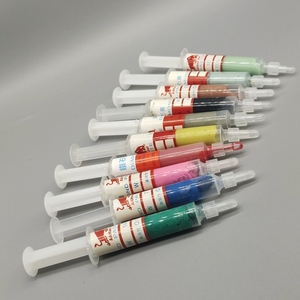
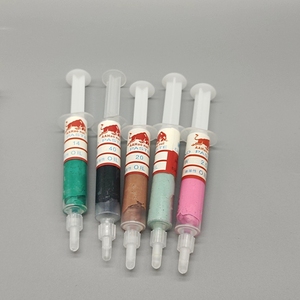












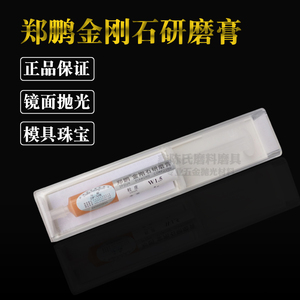
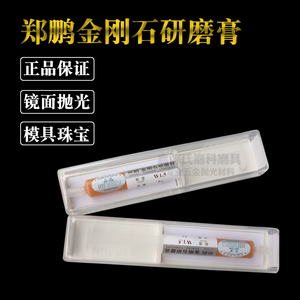

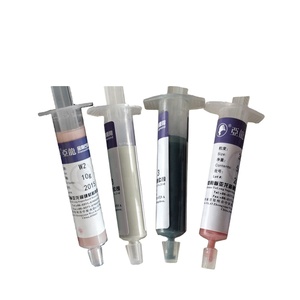
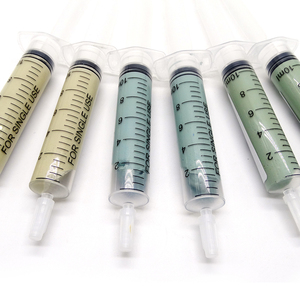


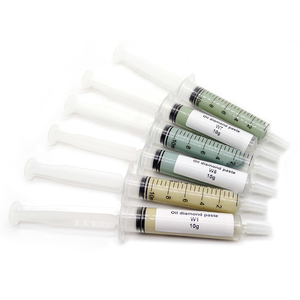










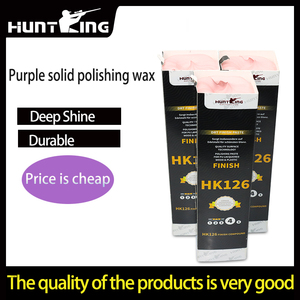









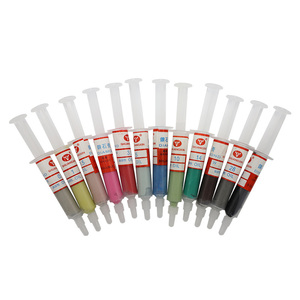

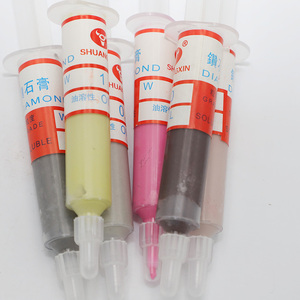


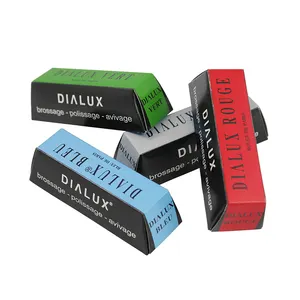
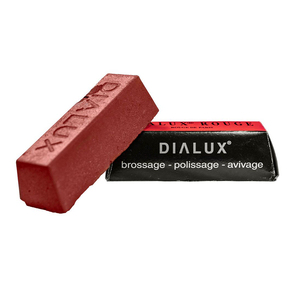


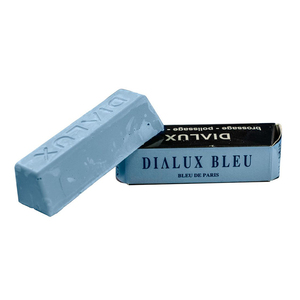

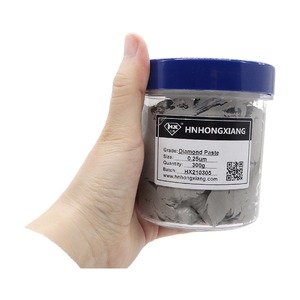











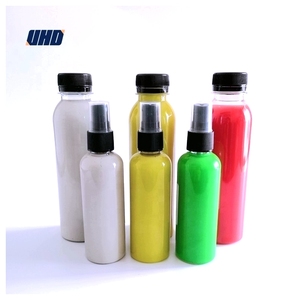



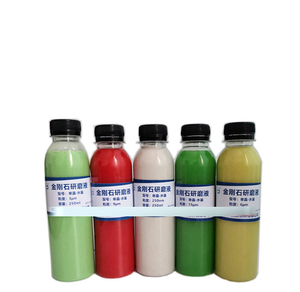

polished abraser paste are a critical component in the realm of tools and hardware, specifically within the category of abrasives. These materials are designed to perform tasks such as grinding, polishing, cutting, and finishing on various surfaces. polished abraser paste are often employed in industries ranging from metalworking and woodworking to automotive and construction. They are engineered to enhance productivity and efficiency, providing precise and consistent results. As technology advances, the diversity and capabilities of polished abraser paste continue to expand, offering solutions tailored to specific industrial needs.
The world of polished abraser paste encompasses a wide array of types, each suited to distinct applications. Common varieties include bonded abrasives, coated abrasives, and superabrasives. Bonded abrasives, such as grinding wheels, are formed by binding abrasive grains with a matrix material, providing stability and durability for heavy-duty tasks. Coated abrasives, like sandpaper, consist of abrasive grains adhered to a backing material, offering flexibility and ease of use for surface finishing. Superabrasives, including diamond and cubic boron nitride, are known for their exceptional hardness and are used for precision machining. Each type of polished abraser paste delivers unique advantages, ensuring optimal performance across diverse industrial processes.
polished abraser paste serve multiple functions that are indispensable in manufacturing and maintenance operations. They facilitate surface preparation by removing unwanted material, such as rust, paint, or burrs, thus ensuring a clean and smooth finish. Features such as grain size, hardness, and friability determine the effectiveness and efficiency of polished abraser paste. Smaller grain sizes produce finer finishes, while larger grains are ideal for rapid material removal. The hardness of the abrasive affects its ability to cut through tough materials, whereas friability impacts the rate at which the abrasive breaks down during use. These features are meticulously engineered to meet specific requirements, enhancing the quality and consistency of the finished product.
The composition of polished abraser paste involves a variety of materials, each imparting distinct properties. Natural abrasives, such as garnet and emery, are valued for their affordability and effectiveness in various applications. Synthetic abrasives, including aluminum oxide and silicon carbide, offer superior hardness and durability, making them suitable for high-performance tasks. The choice of materials impacts the abrasive's ability to withstand wear and tear, its cutting speed, and its compatibility with different substrates. Additionally, bonding agents and fillers are incorporated to enhance the structural integrity and performance of polished abraser paste. As sustainability becomes a priority, eco-friendly materials are increasingly being explored to reduce environmental impact.
Effective utilization of polished abraser paste requires a thorough understanding of their capabilities and limitations. Selecting the appropriate abrasive type based on the material and desired finish is crucial for achieving optimal results. Proper mounting and alignment ensure the abrasive performs efficiently, minimizing wear and maximizing its lifespan. Regular inspection and maintenance help identify signs of wear, preventing potential damage to the workpiece and machinery. In industrial settings, safety measures, such as protective gear and ventilation, are essential to mitigate risks associated with dust and debris. By adhering to best practices, users can harness the full potential of polished abraser paste, enhancing productivity and quality in their operations.
When selecting polished abraser paste for industrial or commercial purposes, it's essential to consider the specific requirements of the task at hand. The choice of abrasive material can significantly impact the efficiency and quality of the work. For instance, aluminum oxide polished abraser paste is often preferred for its durability and ability to maintain sharpness, making it suitable for metalworking applications. Conversely, silicon carbide polished abraser paste is ideal for cutting hard materials due to its sharp edges. Understanding the properties and capabilities of each type of polished abraser paste is crucial in ensuring optimal performance and results.
Another important factor in choosing polished abraser paste is the grit size, which determines the level of finish achieved. Coarser grits are used for rapid material removal, while finer grits are better suited for polishing and achieving a smooth surface. Additionally, the bonding type, whether resin or vitrified, affects the strength and flexibility of the polished abraser paste. Selecting the appropriate grit and bonding type can enhance the efficiency of the process and extend the lifespan of the polished abraser paste.
For metalworking, the choice of polished abraser paste should focus on the material's hardness and cutting ability. Aluminum oxide is commonly used due to its durability and effectiveness in removing material while maintaining sharpness. The grit size is also crucial; coarser grits are ideal for heavy material removal, while finer grits provide a smoother finish. Additionally, the form of the abrasive, such as grinding wheels or belts, should match the specific application to ensure optimal results.
The bonding type in polished abraser paste influences its strength and flexibility. Resin bonds offer flexibility and are suitable for applications requiring a smoother finish, while vitrified bonds provide rigidity and are ideal for high-pressure tasks. Choosing the right bonding type can enhance the abrasive's efficiency and lifespan, ensuring consistent performance across various applications.
Yes, polished abraser paste are versatile tools capable of both cutting and polishing. The key lies in selecting the right grit size and material. Coarser grits and harder materials like silicon carbide are preferred for cutting, while finer grits and softer materials are better for polishing. By adjusting these parameters, polished abraser paste can be tailored to meet specific operational needs.
Safety is paramount when working with polished abraser paste. Protective gear such as goggles, gloves, and masks should be worn to prevent injury from dust and debris. Additionally, ensuring proper ventilation and regular maintenance of equipment can mitigate risks. It's also important to inspect polished abraser paste for signs of wear or damage before use to prevent accidents.
To extend the lifespan of polished abraser paste, proper usage and maintenance are key. Ensuring correct alignment and mounting can reduce unnecessary wear. Regular cleaning and inspection can help identify issues early, preventing damage to the abrasive or the workpiece. Additionally, selecting the appropriate polished abraser paste for the task can minimize stress and prolong its effectiveness.